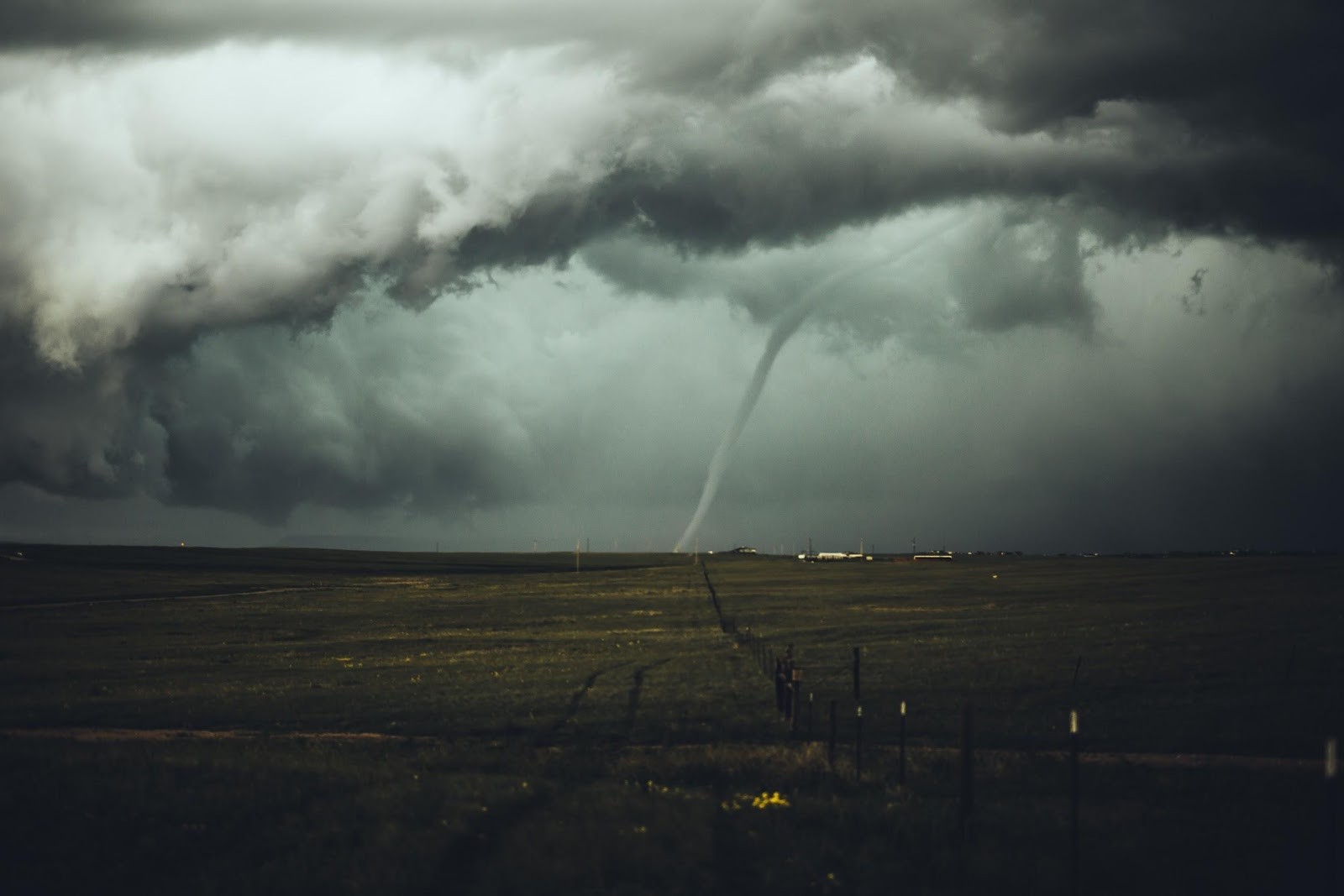This guest blog was written by DisasterWeb.
Do you know how to stay safe during a natural disaster? What about your employees or building occupants? If the answer isn't a confident "Yes!" you need to start making a plan today. Here's how you can stay safe and protect your family in a natural disaster:
Create an Emergency Response Plan
An emergency response plan should include the following steps:
1. Stay In Touch
You can receive emergency alerts through a cell phone, radio, or television broadcast. Everyone in the building should have access to these alerts. They should also know how to contact authorities if there is a problem. That's why you should give your employees or building occupants a physical copy of contact numbers for emergency situations.
2. Take Shelter
The safest place to take shelter varies by hazard, so know which natural disasters occur in your region and how to react to them. It's important to note that you could need access to food, water, and other supplies in your shelter location. So make sure you have a safe place for emergencies that's well stocked.
3. Evacuate
Know evacuation routes and meeting places and have an emergency kit ready, including fuel for your vehicle. Identify several potential evacuation destinations, varying the direction of travel in case routes are impassable in a disaster.
4. Prepare an Emergency Kit
A pre-assembled emergency kit lets you respond quickly in a disaster. These are some essentials to include:
- Non-perishable food
- Water
- Flashlights and batteries
- First-aid kit
- Whistle
- Sanitary supplies
- Sleeping bags
- Clothing, including shoes and outerwear
- Personal documents (Photo IDs, Social Security cards, birth certificates, banking information, and other important documents)
- Cash
- Cell phone and charger
- Battery-powered or hand-crank radio
- Local maps
5. Help Others
Some groups require additional supplies in an emergency. When packing your emergency kit, consider these groups:
Children
Children may not understand the seriousness of a natural disaster, but they need to react nonetheless. If there are children in your building, you should practice evacuation and sheltering plans so they respond instinctively when a disaster hits. Kids should know where to find the safe room and know emergency contact numbers.
Disasters can be traumatic for children, so include comfort items and small activities in your emergency kit. Don't forget diapers, formula, and other essentials for babies.
Older Adults
Disasters are more dangerous for the elderly. Just consider this statistic, New Orleans residents over the age of 60 accounted for 75 percent of the bodies found immediately after Hurricane Katrina, despite accounting for only 15 percent of the population. Because they tend to be less mobile and more isolated than younger people, seniors have a harder time evacuating when a natural disaster happens.
Older adults should coordinate their emergency plan, especially if they don't drive. It's important that seniors have a support network who can keep them informed during a natural disaster, and assist during evacuation or sheltering in place.
Seniors, as well as others with chronic health conditions, must pay special care when assembling an emergency kit. A natural disaster may prevent access to regular healthcare providers. For that reason, it's important to include medical information like medications and dosages, medical records, insurance documents, and important healthcare and support system contacts.

